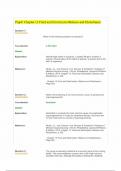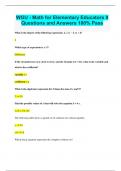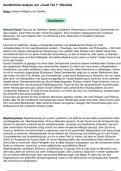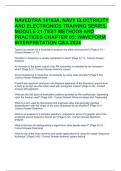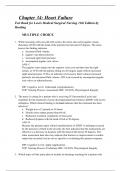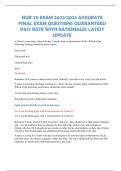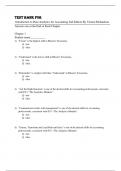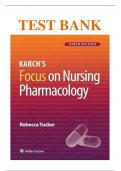Exam (elaborations)
ATI MEDSURG PrepU Chapter 13 Fluid and Electrolytes Balance and Disturbance, Questions & Answers
- Course
- NURSING N3262 (NURSINGN3262)
- Institution
- University Of Texas - Dallas
ATI MEDSURG PrepU Chapter 13 Fluid and Electrolytes Balance and Disturbance, Questions & Answers Which of the following solutions is hypotonic? You selected: 0.45% NaCl Correct Explanation: Half-strength saline is hypotonic. Lactated Ringer's solution is isotonic. Normal saline (0.9% Na...
[Show more]
